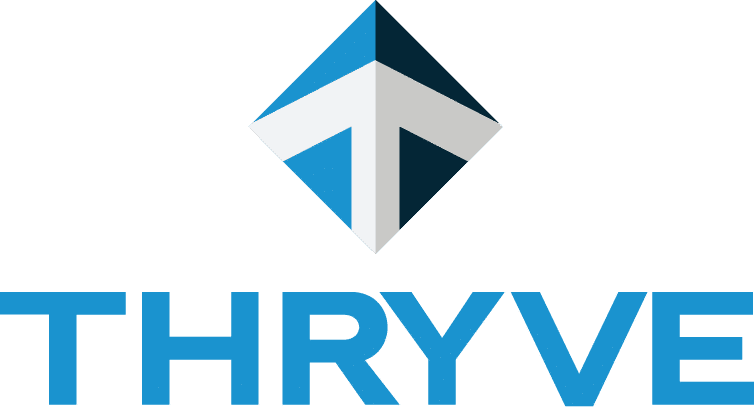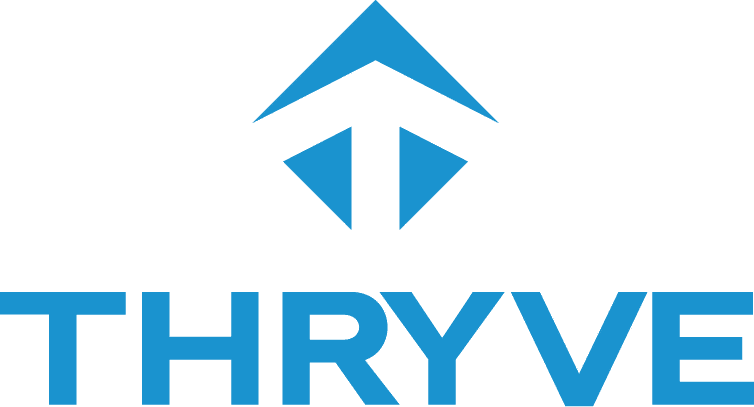Strategy 10:
Time to get paid – Owner’s Compensation and benefits
Business challenge:
The amount of cash to keep in the business is a balancing act. As a business owner, you need to balance the current and future capital needs of your current business and your personal cash flow requirements. There are negative consequences both to starving your company of cash as well as keeping too much money idle in your business.
Cash Flow Impact:
- On one side, some owners rush to withdraw cash from the business as salary or distributions. You should try to resist this urge. Your business needs cash to grow. For example, funds for working capital, new machinery or more employees.
- On the other side, keeping too much cash sitting in your company on the sidelines leads to missed opportunities for more income and cash flow.
Actions you can take:
- Calculate the following for the year:
- Your personal cash needs for your lifestyle
- Your operating cash flow
- Working capital need so
- Investments/new employees planned for the year
- If personal cash flow needs exceed your business cash flow needs
- You should consider whether you will choose to scale back your lifestyle or the growth of the business. You can also choose to take on debt or equity investment to invest in the business, but I would not recommend using these sources of cash to fund personal needs
- If business cash flow exceeds your business cash flow need
- Pay out as salary (or distribution) on a regular basis a sufficient amount for your personal needs with a caveat to consider tax planning
- Additional distributions should be paid from profits on a quarterly basis after retaining cash in the business for investment or growth needs
Wishing you continued success and growth this month!
Toby Kaye
Founder and CEO

